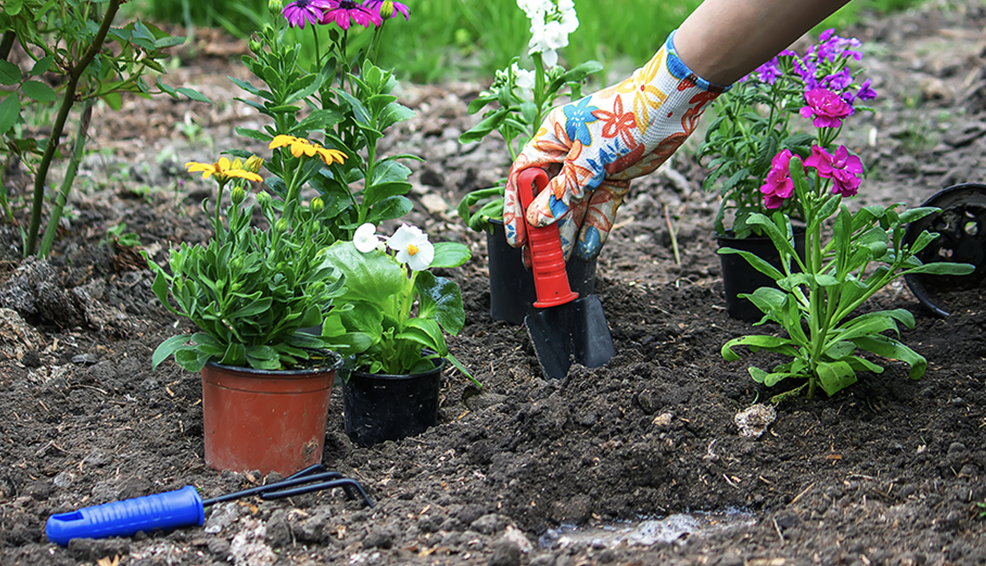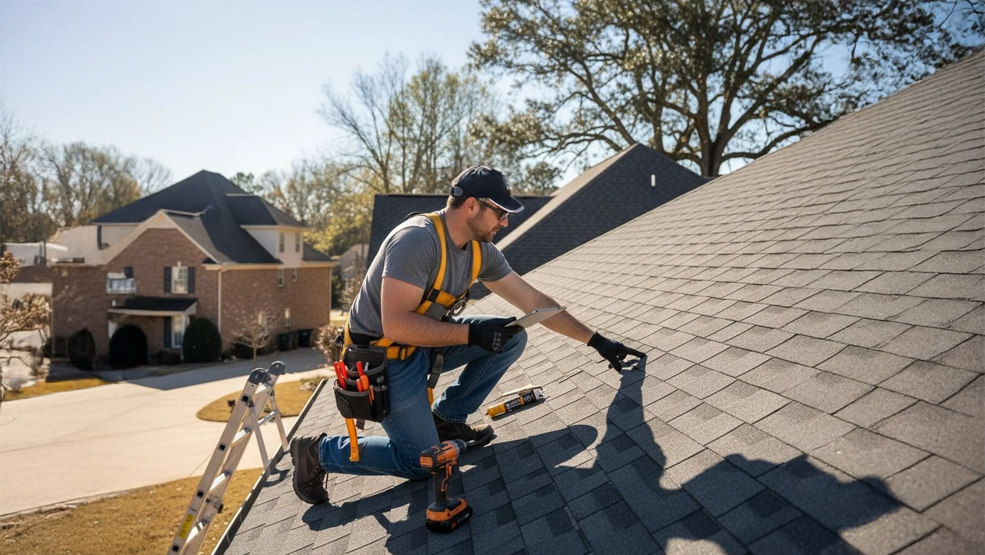Every lawn care enthusiast knows the importance of maintaining a healthy lawn. Regular lawn maintenance can keep your landscape free of pests and minimize issues such as snow mold. Failure to aerate properly, will not only dry out the soil but also make it hard to touch. Other problems can also occur. If it escalates, it can lead to your lawn becoming infested by pests and beginning to resemble an abandoned forest.
As a part of lawn care maintenance, core aeration practice is carried out to loosen the soil. It promotes deeper root growth by allowing air, water, and nutrients to penetrate into the grassroots.
Why Core Aeration?
When a lawn is not aerated, it may become more prone to compact the soil, which will stunt its growth over time and prevent proper drainage.
Compacted soil creates a barrier making the delivery of nutrients, air, and water more difficult. A distressed lawn is not just less attractive, it also makes recovering from extreme weather effects very difficult. Distressed lawns are working at a disadvantage—clover and weeds can easily move in and establish a foothold. By aerating your lawn, you will not only improve the soil’s condition but also strengthen the grass that grows there.
Check your lawn for these warning signs:
- Your lawn soil feels hard to touch
- Your lawn feels spongy
- Your lawn soil becomes waterlogged
- Your lawn becomes thinner and loses its green color
7 Real Benefits of Aerating Your Lawn
1. Improved water uptake
The main objective of aeration is to improve the capacity of the soil to hold water. Removing soil plugs can loosen compacted soil and make the soil structure better. Proper aeration helps air to circulate and water to reach the grass roots resulting in a stronger root system.
2. Reduced soil compaction
Compacted soil restricts air, water, and nutrients, all of which inhibit root growth. Core aeration removes small plugs of soil and improves soil porosity providing access to water and nutrients. As a result, profound growth of grassroots is induced, leading to stronger, more resilient lawn grass.
3. Reduced severity of disease
Aeration of the soil improves drainage and reduces the pooling of water in the lawn. After rain or watering, the lawns must dry out quickly or risk being subject to organisms that can cause damage. Proper aeration improves the overall health of a lawn while also making it less susceptible to diseases.
4. Improved fertilizer uptake and use
Before laying fertilizer, aeration is preferable since it allows grass roots to grow deeper and absorb more oxygen. It becomes much easier for the lawn to absorb fertilizers. New grass seed benefits from aeration since it loosens up compacted soil, improving oxygen, nutrients, and minerals supply. Lawns grow stronger, faster, and denser by delivering more nutrients to their roots.
5. Improved thickness and cushioning
Performing aeration and overseeding provides a perfect environment for new seeds to germinate and grow. As more organic matter is added to the soil, it improves soil structure and makes it more resilient; this results in a thicker lawn.
6. Removes the thatchy layer
Thatch creates a layer on the top of the soil, making the absorption of essential nutrients difficult. By removing thatch regularly, you can not only make a lawn look more attractive but also promote draining, improve nutrient absorption, and more.
7. Lesser pest outbreaks on the lawn
A dry lawn is less likely to be affected by pests. And pests thrive in standing water. Aerating breaks up compacted soil, making the soil absorb the standing water and eventually making it less hospitable for pests. Also, aeration promotes the growth of beneficial microorganisms that help maintain a pest-free lawn.
Best Time To Aerate Your Lawn
It is impossible to keep your lawn aerated at all times. Many factors can determine when the best time to aerate your lawn is. Two such factors include the type of grass and stress caused by heat. To recover quickly, aeration of the grass should be performed during its peak growing season.
1. For cool-season grasses
Lawns having cool-season grasses such as Kentucky Bluegrass, Fescue, and Ryegrass can be aerated in the late spring or early fall. Aerating in the spring allows for better penetration of air, water, and nutrients to the roots and promotes a healthier lawn. Aerating in the early fall allows lawns to recover from the harsh summer and drought.
2. For warm-season grasses
Lawns with warm-season grasses like Bermuda, Bahia, and Centipede can be aerated in summer, as they are actively growing during this time. Aerating the soil breaks the root and triggers responsive growth. Green, thick, and lush grass will grow, creating a lustrous lawn.
When Not To Aerate Your Lawn?
1. When the ground is too saturated from rain or snowmelt
When the lawn is too saturated from rain or snowmelt, aeration cannot break up the compacted soil. If the soil is wet, a lawn aerator cannot penetrate the soil. It will remove the excess soil and make the lawn uneven.
2. After fertilizing or treating a lawn for weeds
When the soil is compacted, reaching the grass will be difficult. But aerating your lawn allows fertilizers to seep out of the ground and be wasted. In another case, after applying a weed treatment, if you aerate your lawn, weed seeds are pulled to the surface, which can increase weed growth.
3. When the grass is dormant
During periods of heat or cold, the grass on your lawn can become stressed and may be unable to heal itself. Aerating your lawn when the grass is dormant can be counterproductive as the grass cannot recover quickly.
4. During drought conditions
Aerating your lawn during drought conditions might be harmful to the grass. Since the soil is already dry, the grass will not be able to heal itself and establish new roots. Aerating the soil in these conditions will result in shallow holes that prevent water, air, and nutrients from reaching the roots. It is better to aerate your lawn when the soil is moist or well-watered; it will help the grass recover easily.
DIY Aeration Tips
Choose the right equipment. You can either rent or purchase a spike aerator or plug aerator. The best time to aerate your lawn is typically in the late spring or early fall when the grass is actively growing and the weather is mild. Water your lawn thoroughly before, or you can aerate it after a rainy day.
Aerating your lawn in different directions will help ensure that all areas are covered. Watering your lawn after aeration will aid in the recovery process. Additionally, fill any bare patches with grass seeds. After aerating, mow the lawn to help the plug’s soil break down. Follow mowing, fertilizing, and getting rid of weeds to restore your lawn.
Even though you can do aeration yourself, it is advisable to hire a lawn care professional to avoid mistakenly doing additional damage while attempting to fix an underlying issue.
Conclusion
Lawn care is an ongoing process and a necessary one. A well-maintained lawn is not just visually appealing but is necessary to create a healthy environment for both the lawn and homeowners. Core aeration is necessary to keep your lawn healthy by facilitating nutrient absorption and oxygen circulation.
We hope you found this blog informative and if you are a lawn care enthusiast looking for more lawn care tips, sign up for our newsletter to stay up-to-date on lawn care trends.



